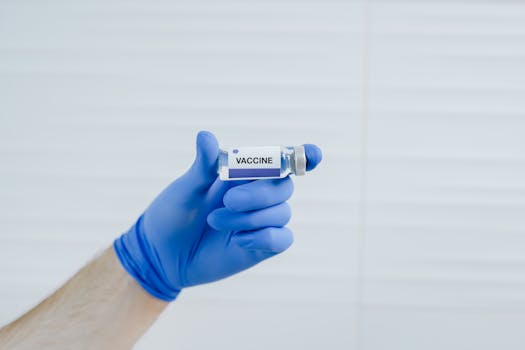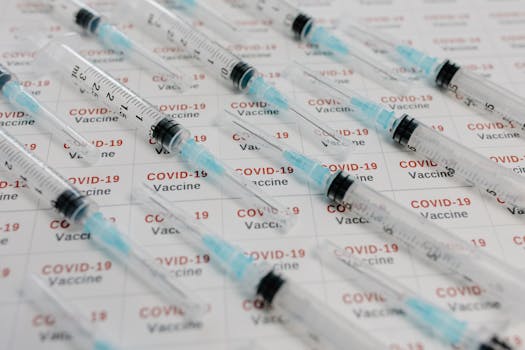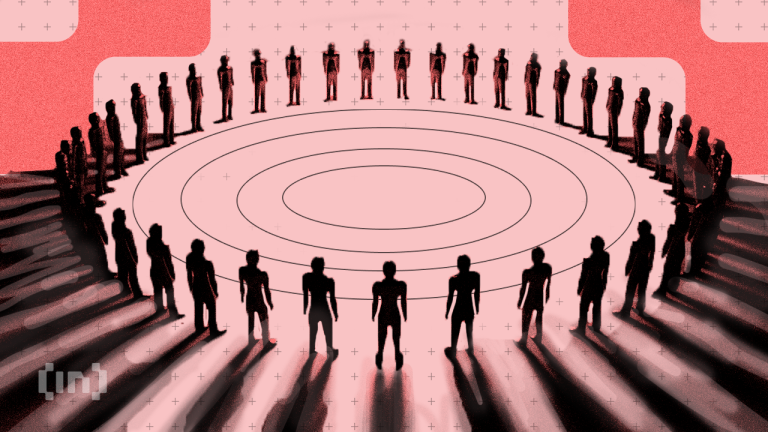
Introduction to Vaccines

The science behind vaccines is crucial for understanding their role in public health. Vaccines are biological preparations that provide immunity to specific infectious diseases. By introducing a harmless component of a pathogen, vaccines stimulate the immune system to recognize and fight the disease in the future. This article delves into the mechanisms of vaccines, their development, and their impact on public health.
How Vaccines Work

Vaccines function by mimicking an infection. When vaccinated, the immune system is exposed to a safe form of the pathogen, such as a weakened or inactive virus, or a piece of the virus (like a protein). This exposure triggers an immune response, allowing the body to produce antibodies. If the vaccinated individual later encounters the actual pathogen, their immune system can respond more quickly and effectively. This is known as the adaptive immune response.
Types of Vaccines

There are several types of vaccines, each with unique mechanisms and applications:
- Inactivated or Killed Vaccines: These contain pathogens that have been killed or inactivated, such as the polio vaccine.
- Live Attenuated Vaccines: These use a weakened form of the virus, like the measles, mumps, and rubella (MMR) vaccine.
- Subunit, Recombinant, or Conjugate Vaccines: These contain pieces of the virus or bacteria, stimulating a strong immune response without causing disease.
- mRNA Vaccines: These provide genetic instructions for cells to produce a harmless piece of the virus, prompting an immune response, as seen in COVID-19 vaccines.
The Importance of Vaccination in Public Health

Vaccination is one of the most effective public health interventions. It prevents outbreaks of infectious diseases, protects vulnerable populations, and reduces healthcare costs. Herd immunity occurs when a significant portion of a population becomes immune, making it harder for diseases to spread. This protects those who cannot be vaccinated, such as infants, elderly individuals, and those with compromised immune systems.
Challenges and Misconceptions

Despite the proven benefits of vaccines, misinformation can lead to vaccine hesitancy. Common misconceptions include incorrect beliefs about vaccine safety, side effects, and the idea that vaccines cause diseases like autism. Public health campaigns aim to combat these myths by providing accurate information and emphasizing the importance of vaccination for individual and community health.
Conclusion

Understanding the science behind vaccines is essential for appreciating their role in public health. Vaccines have saved millions of lives and continue to be a cornerstone of disease prevention. Ongoing education and advocacy are necessary to ensure widespread vaccination and to protect future generations from infectious diseases.





